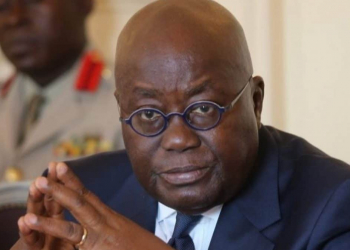The World Bank is forecasting strong gains for industrial commodities such as energy and metals in 2017, due to tightening supply and strengthening demand.
In its January 2017 Commodity Markets Outlook, the bank said it was holding steady its crude oil price forecast for the year at $55 per barrel, a 29 per cent jump from 2016.
The energy price forecast assumes members of the Organisation of the Petroleum Exporting Countries (OPEC) and other oil producers will partially comply with an agreement to limit production after a long period of unrestrained output.
The bank is raising its metals price forecast to an increase of 11 per cent from the four per cent rise anticipated in its October outlook on further tightening of supply and strong demand from China and advanced economies.
“Prices for most commodities appear to have bottomed out last year and are on track to climb in 2017,” the Senior Economist and lead author of the Commodity Markets Outlook, Mr John Baffes, said, adding, “However, changes in policies could alter this path.”
Agriculture prices as a whole are expected to rise by less than one per cent in 2017. Small increases are anticipated for oils and oilseeds and raw materials, but grains prices are forecast to drop almost three per cent on an improved supply outlook.
Precious metals prices are seen declining seven per cent as benchmark interest rates rise and safe-haven buying slows.
A special focus shows how commodity-exporting emerging and developing economies have been hit hard by slowing investment growth, which has declined from 7.1 per cent in 2010 to 1.6 per cent in 2015.
“Investment weakness – both public and private – hinders a range of activity in commodity-exporting emerging market and developing economies,” the Director of the World Bank’s Development Prospects Group, Mr Ayhan Kose, said.
“Most of these economies have limited policy space to counteract the slowdown in investment growth, so they need to employ measures to enhance the business environment, promote economic diversification and improve governance to better growth prospects over the longer term,” he added.
The World Bank’s Commodity Markets Outlook is published quarterly, in January, April, July and October. The report provides detailed market analysis for major commodity groups, including energy, metals, agriculture, precious metals and fertilisers. This edition extends price forecasts to 2030 for 46 commodities and provides historical price data.
Join GhanaStar.com to receive daily email alerts of breaking news in Ghana. GhanaStar.com is your source for all Ghana News. Get the latest Ghana news, breaking news, sports, politics, entertainment and more about Ghana, Africa and beyond.


